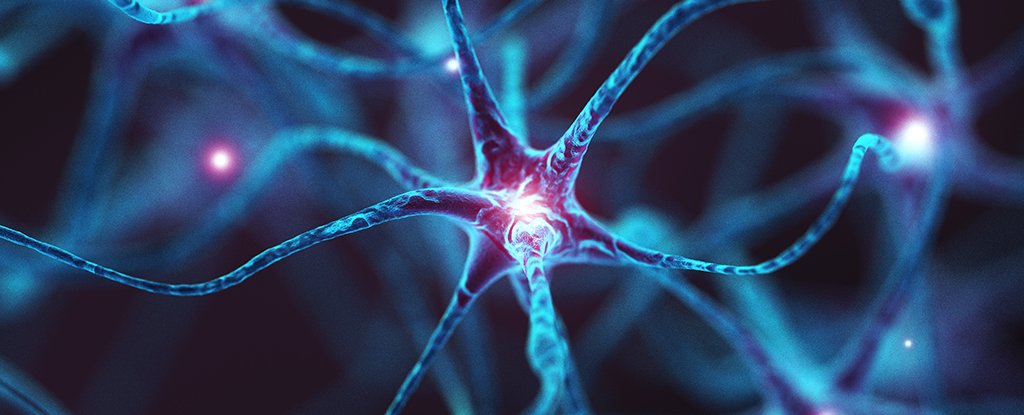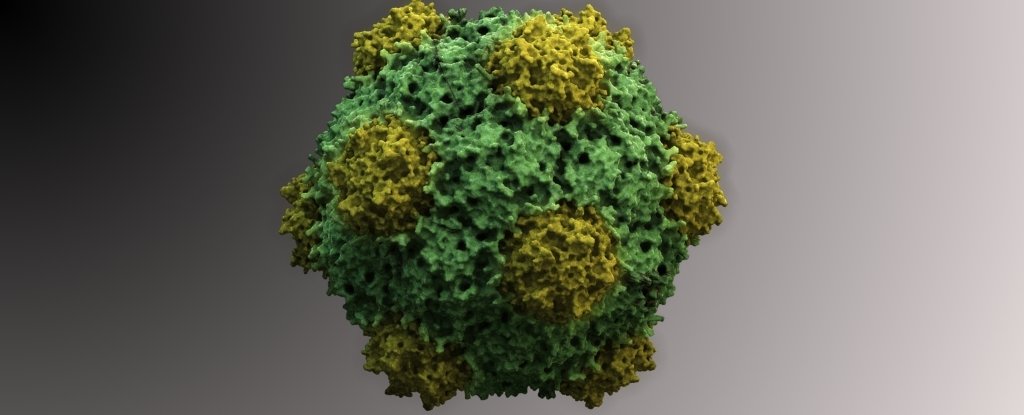In intestinal epithelial cells, the molecular motor myosin Vb runs an intricate delivery service, trafficking proteins involved in water transport and cell polarity to apical membranes.1,2 When this process is disrupted and proteins are mislocalized, disorders such as microvillus inclusion disease (MVID) can occur. A congenital disorder in newborns, patients with MVID cannot properly absorb water, which leads to deadly diarrhea. Certain mutations in the gene encoding myosin Vb also affect bile flow through the liver and are linked to colorectal and gastric cancers.
Amy Engevik, an assistant professor at the Medical University of South Carolina, visualizes mouse and human tissues with immunofluorescence microscopy to see where proteins go when trafficking is disrupted.
Mindy Engevik
For Amy Engevik, an epithelial cell biologist at the Medical University of South Carolina who studies cell function in the gastrointestinal tract, protein location matters more than abundance.

She visualizes tissues from mouse models, organoids, and human samples with immunofluorescence microscopy to see where proteins go when myosin Vb is disrupted. By visualizing protein movement, Engevik aims to better understand protein trafficking in the presence and absence of this molecular shipping container.
How does loss of myosin Vb lead to MVID?
I think that myosin Vb is like Amazon Prime: it is one of the major sources that delivers items to your home. It walks on F actin using its motor domain and functions as a transporter, holding cargo at its binding domain just like a truckload.
If you lose myosin Vb in the cell, many things cannot make it to the apical membrane, such as transporters for sodium and water. This causes severe dehydration, and babies who have MVID experience severe diarrhea. This condition is uniformly lethal if untreated, and the treatment options are limited. Babies born with MVID receive nutrition intravenously, which can cause sepsis, and they may have to undergo whole small bowel transplantation.
Why do you use microscopy to study protein trafficking?
Microscopy is one of the dominant tools that we use in the laboratory. It is important to study in vivo models to see what is happening in tissue that is as close to the human body as possible. If we knock out the gene for myosin Vb in an animal model, or if we get human tissue, we can stain that. When these trafficking mechanisms are aberrant, such as when we remove a certain motor protein, there are not always big changes in protein or transcript levels. Microscopy allows us to see where things end up, not just how much is there. In this way, it is more helpful than western blotting, PCR, or RNA sequencing.

Immunofluorescent staining of mouse intestines highlights the molecular motor myosin Vb (dark blue), which delivers proteins to the apical membrane (light blue) of epithelial cells (nuclei stained yellow).
Amy Engevik
For example, some of the major water transporters in intestinal cells are sodium-glucose cotransporter 1 (SGLT1) and sodium-hydrogen exchanger 3 (NHE3). They both enable sodium absorption, and then water follows by osmosis. If those transporters are lost at the apical membrane, they are still detectable at the protein level. If you stain and use microscopy, then you can clearly see that they are at the apical membrane in control tissue and when myosin Vb is disrupted, they are sub-apical. Therefore, the transporters are not where they are supposed to be and they cannot function properly.
Why is immunofluorescence your microscopy method of choice?
I think immunofluorescence is a beautiful medium, and we can stain for multiple proteins, using three or four different colors in a single sample. This allows us to see where proteins are going in relation to the apical membrane, the Golgi apparatus, or the nucleus, providing a map of where things are in the cell.
Are there new advances in immunofluorescence that are helpful for your research?
Multiplexing is becoming popular. Now there are kits for multiplexing that allow scientists to strip antibodies and restain the same tissue. This is helpful if we have rare tissues, such as samples from humans who have a rare disease. One can use the same tissue multiple times and map what is mislocalized or normally expressed in those cells.
What do you hope to accomplish with your passion for microscopy?
I want to figure out how and what myosin Vb traffics in healthy and disease states in different parts of the gastrointestinal system. I also want to find ways to improve trafficking and overcome myosin Vb disruptions.
I enjoy microscopy. It seems like a long process, taking it from the mouse tissue all the way to stain. But it is fun to get on a microscope at the end of that process and see the final product.
This interview has been condensed and edited for clarity.
References
- Golachowska MR, et al. Recycling endosomes in apical plasma membrane domain formation and epithelial cell polarity. Trends Cell Biol. 2010;20(10):618-626.
- Engevik AC, et al. Recruitment of polarity complexes and tight junction proteins to the site of apical bulk endocytosis. Cell Mol Gastroenterol Hepatol. 2021;12(1):59-80.









